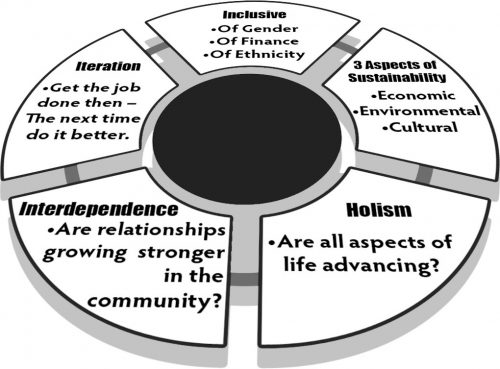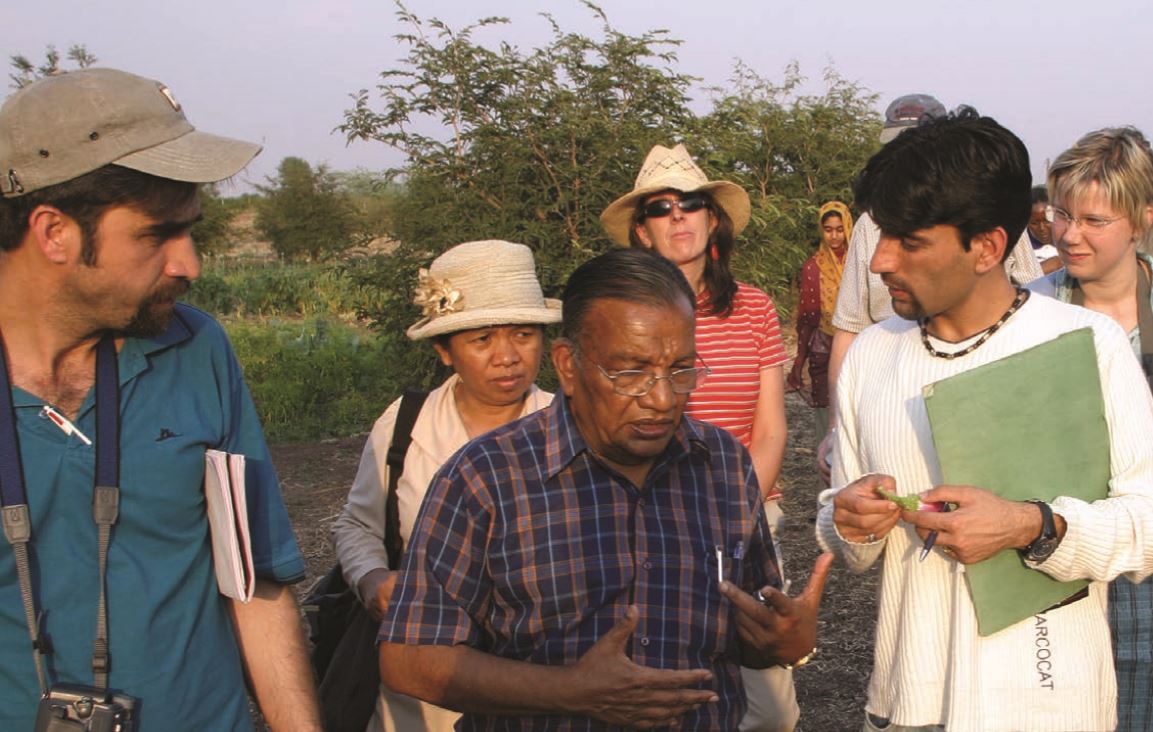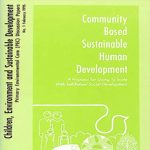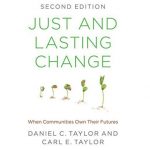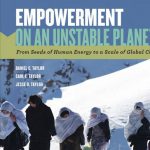Inclusiveness (equity, gender, and ethnicity). Too often groups, particularly those with privilege, seize advantages, and the less educated, poor, and ethnic and religious minorities fall behind. To prevent this, inclusiveness must be a goal for more than moral reasons. In social change, attending to all in society is in the interest of all, correlating with physical health, mental health, levels of social violence, life expectancy, happiness, and almost all indicators of prosperity. (In an individual, when certain organs are diseased, that whole body is at risk.)
But inclusiveness does not evolve on its own, as discrimination patterns are deeply entrenched. To narrow the gap, assessing inclusiveness provides societal reminders. Pressure from the shared voice of government, religion, or the media can hold the elites to the longer view that their futures will improve when all benefit.
Sustainability (values, environment, and economics). Communities want progress to last, so three aspects must be monitored: community values, the natural environment, and economic base. Tracking all three is essential. Tracking all will highlight when development is creating short-term gains but may be opening gaps. Even if two of the three sustainability factors are controlled, the community remains at risk.
Development will always consume resources. Sustainability is not perpetual-motion. Technology, training, and invention can pressure development to be more efficient, but they never can make it totally efficient. So, when looking at opportunities, each must assess if its gains are worth the costs, and assess the costs to values, natural environment, and financing.
Interdependence (not independence or dependence). Advancing toward a just and lasting future will enhance interdependence within and between communities. It reduces vulnerability to the victimization that often accompanies dependency. Interdependency is the goal, not independence. Human life is not like a science where variables are controlled. In interdependent relationships, networks strengthen in the complex world that is reality. (Dependent communities are essentially bonded communities—in today’s fast-changing unpredictability, and by contrast dependency is dangerous.)
Donors may offer to uplift (they will usually have a self-serving purpose). Government officials seeking votes may promise services. Such assistances may appear to improve conditions, but they may not improve conditions in the long-term. Resources will truly help only if links into (as well as out of) the community are strengthened.
Holism. Social endeavors typically view people as patients, students, consumers, voters, or statistics. The top-down or outside-in view that is almost always narrowly focused, is also almost always on the revenue base of the viewer. It seldom sees the whole reality of the community, (and seldom on the fact that a community is an energy system rather than a resource system.)
People have multiple needs and changing aspirations. A feature typically overlooked in social change is that when progress comes to one sector, peoples’ aspirations shift: a doctor is no longer important when a person ceases being sick, and the recovered patient perhaps now that she/he is healthy wants entertainment. People are naturally tracking the whole and identifying always-developing gaps. But professionals separate action into sectors–security, health, education, and transportation—and that focus ignores the community’s multifaceted whole. The whole is what gives life. (Sectors, when separated from a holistic view, are can be understood as holes with ever diminishing returns the more that is invested.)
Iteration (application, improvement, and doing it again). In life, it is nigh impossible to get an action right a first time–or any time. But it is always possible to make life better. Development matures, it never arrives. It matures through continual adjustments. An idea is attempted, the next try implementation gets better; in a third trial, outcomes become more useful.
Iterative growth is not simple repeating a job. In situation- and time-specific change, tasks adjust with each trial. The whole is important, but to keep the whole advancing, iterative assessment continually adjusts so actions improve. Most important is understanding that what is underway is progression, and in that are repeating applications. Get each application done, learn from that. So, the next can be done better.
When all five criteria are monitored, development comes alive. Getting that energy so ignited allows change to blaze forth. Partnerships, evidence, and changed behavior then fit together.
Recursive Assessment with Criteria of SEED-SCALE



